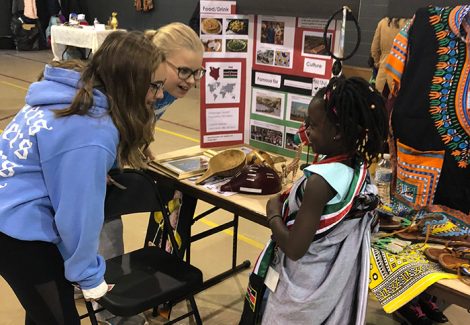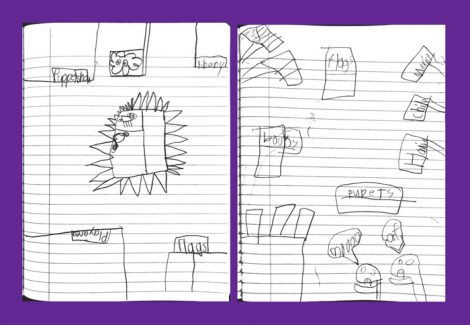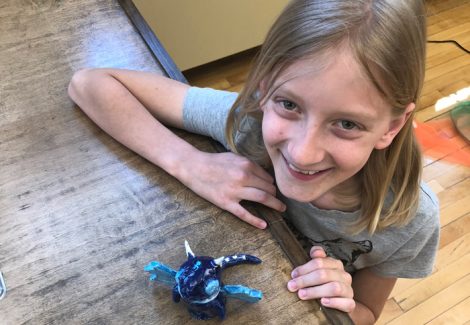No matter how long I work with children or in what capacity we work together, I continue to be amazed by how they think. The children I see regularly have been coming to the museum for programming since they were toddlers. Now at 8, 9 and 10 years of age, they have a talent for questioning, energy for exploring and an eagerness to dive in headfirst.
To some, a month-long exploration of Earth Science could sound boring, but to these children, it is a chance to ask big questions that may not be addressed in other educational settings. As we explored the big idea of “Earth Science” these young scientists asked questions about what types of materials can be recycled, how we can keep the earth healthy, and “What the heck is global warming?”. As we reviewed our questions, the children voted on which topics interested them the most. The winning topic? Recycling.
After 2 weeks of exploring the differences between recycling, composting and reusing, I asked the children to sort 30 items into the categories. Instead of facilitating, I stepped back and asked them to use what they know to work as a team to place each item into one category.
As the group settled in and began to work, they realized that everyone was talking at once and no one was agreeing on what to do. Then something amazing happened: LT stood at the front of the room and took charge.
After each item was examined LT called the class to order and put items to vote. When disagreements happened, LT had each side defend their position and it was put to a second vote. If the class was still in disagreement, the majority would decide on which category the item would be placed. While this model has been used in our classes to determine which step will be taken next, I never thought I would see a child, unprompted, take control and lead in that way.
I watched, astounded as these brilliant children took part in a dialogue about the differences between a recyclable item and those that are porous and should not be recycled due to contamination. After they completed the task we looked at the items and shared any concerns they had about the placement of items. We then checked every item. They discovered 28 of the 30 items had been placed in the proper category. After that amazing performance, I praised their teamwork and together, we enjoyed a meal fit for a compost bin: bananas, strawberries, and watermelon.



